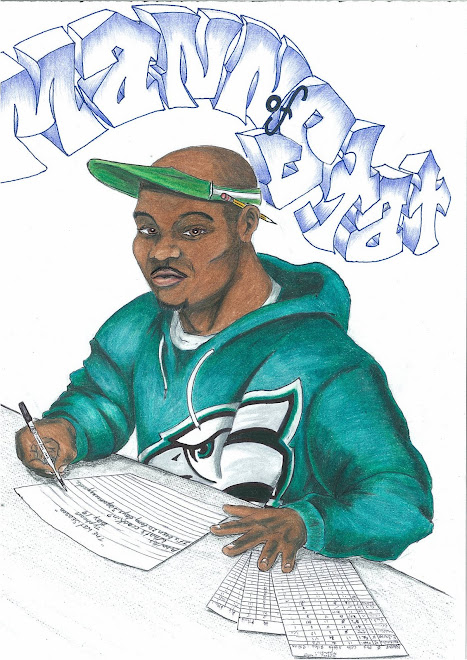Word to the Masses has been the window to how I see the
world, for the past 3.5 years. Within my
words I’m sure it becomes adamantly clear that I choose to be close to a few,
but I avoid many.
Now, that’s not to say
that I’m an unapproachable individual.
It simply means that I’m very particular about the people I keep company
with. Is there any fault in that?
While you marinate on that, allow me to introduce you to one
of the few:
You may know her as my Editor-in-Chief and Homegirl, but
she’s so much more, blogosphere. She’s
that best friend you know won’t hesitate to tell you when you’re in the wrong,
but you don’t mind hearing that from her because she’s always going to have a
knowledgeable perspective to follow. Not
a common trait of the casual friend.
It’s a trait worth treasuring – a trademark of triumph, an essence of
the tranquility tracing the grooves of realness. Feel me?
I’ve never been that person who seeks friendship. This one of the few, has been a presence
within the picture frame of my existence.
She easily brightens the cloudy skies, and paves the muddy trails within
this picture. Having her in my life has
made my existence a picture worth looking at.
Word is bond!
There have been glimpses of You all throughout this
picture. From my childhood days of
hanging out at Your candy store (The Goody Shop). To the adolescent memories of parties and
proms that continue to play over in my mind as fresh as yesterday’s
events. Would it be cliché to say, she’s
always been in the picture?
Happy times have been the fixture of our union, Ma.
Even to this day,
I’m happy to see You.
Whether it be a pic or in person.
I love the sound of your words,
Whether they’re wrapped within the vernacular of Your
mesmerizing tone,
On the phone
Or a scribe of Yours that I choose to read alone.
You’re the Gem that’s never been lost.
Your signature to this picture creates a canvas that is a
beautiful sight to see.
Your eyes within the skies, Your smile surrounds the
branches of every tree.
I say all this because there’s nothing more to tell.
Paint a pretty picture; I’ll give it a name
I thank my Creator for the work of art that is Rochelle
Happy Birthday Luv!!
Much Love,
MannofStat
Copyright © 2013 by Leroy Elwood Mann








